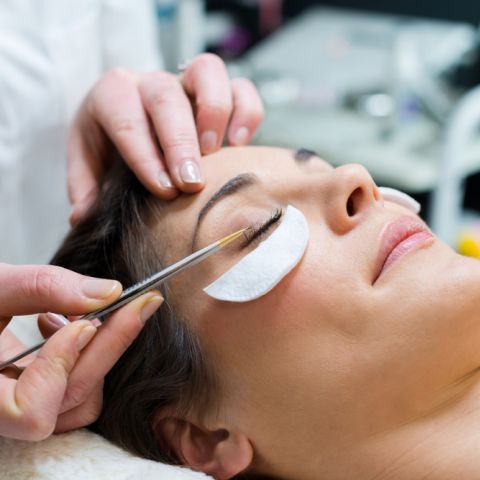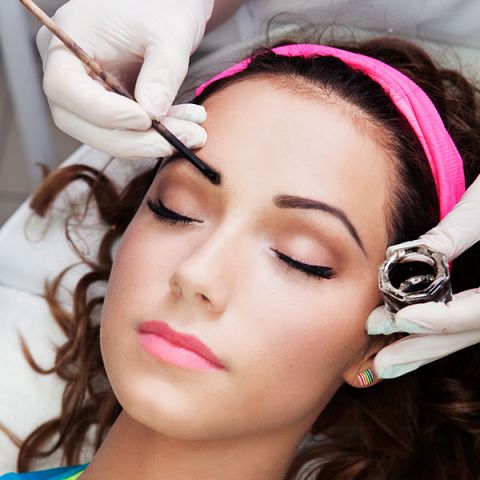Together with Liza Lambert from our insurance brokers, Balens, we take a look at how to reduce the chance of an insurance claim when carrying out Eyelash Treatments.
While the demand for lash treatments including extensions, lifts and tints show no sign of slowing down, unfortunately, this has led to an increase in claims. Second only to waxing, these procedures have more issues than any other, however a few simple steps can dramatically reduce the chance of problems that could lead to an expensive claim.
Some of the considerations are common to all treatments ; managing expectations, keeping records and undertaking patch tests, what are the particular focuses when it comes to lashes...
PATCH TESTING
You wont be surprised to hear that patch testing plays a really important part in limiting claims, It is best practice to patch test, one should be undertaken for
- All new clients
- Any changes to a clients medical history
- If you have changed the products you use or if the ingredients have changed
- If there has been break of over 12 months since the clients last treatment
As always, you need to follow what you have been taught as part of your training together with the manufacturers guidelines. Some manufacturers now advise you to do a patch test 48 hours prior to the treatment rather than the previously standard 24 hour, as products have become more effective and often stronger, this longer time frame is needed to establish whether there is going to be a reaction. Make sure you always record the results of a patch test and any comments made by your client, regardless if whether they are positive or negative and that these records are kept safe, they will provide vital defense should something go wrong.
If a client refuses a patch test, then best practice is that you don't allow them to have the treatment. Even if they sign a disclaimer you could still be liable if they have any other complications, without a patch test, you would be in breach of a policy condition and you may then need to cover the cost of the claim yourself. Remember that this this isn't just the cost of the claim but potentially lawyers fees for you and the other party, this is where costs can seriously climb.
CASE STUDY 1
Liza points to an example where the claim arose due to a change in medical history. A client had been having an eyelash tint on a regular basis with the same therapist for several years without any problems. Unfortunately, the client then had a sudden allergic reaction, it was later found out that the reaction had happened because the client had started to take HRT. This could have been avoided by updating he clients consultation card on every visit, seeing what might have changed with the client allows you to assess whether another patch test is necessary and check that the treatment is still suitable.
PRE-TREATMENT
At the point of the enquiry or booking, you must ensure that you mange your clients expectations. As you know, eyelash treatments will usually require the client to lay still with something on their eyes for quite some time, make sure that they are aware of this, especially of they have not had the treatment before.
POST TREATMENT
Post treatment aftercare advice is very important to limit the chance of any problems or complaints. It is also very likely that the clients eyes will water, make them aware of this and that it is completely normal and that they should resist rubbing their eyes and causing irritation. Consider printing some aftercare advice that the client can take away with them and make a note of handing this over on their consultation card.
Incorporating these common-sense precautions and considerations when carrying out lash treatments will reduce the chance of complaints and claims and can ultimately save you and your business time and money.
CASE STUDY 2
Demonstrating just why getting the right insurance is so essential, Liza highlights one case where the therapist accidently got the tint into their clients eye and this caused an infection. As it was a genuine mistake, they had to admit liability, whilst the cost of the damages was £3000.00 after the solicitors' costs were included, the pay-out was nearly £20,000. Without insurance you would be liable for the cost, obviously this would have a serious impact on you and your business.





